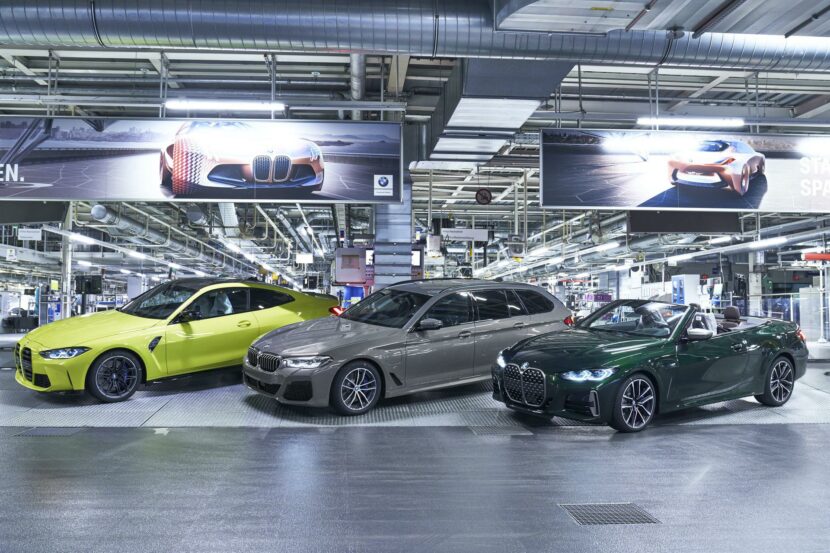A brand new commerce deal between Donald Trump and the European Union is ready to shake up the auto business once more. Throughout a gathering in Scotland with European Fee President Ursula von der Leyen, Trump agreed to decrease tariffs on most EU items—together with new automobiles—from 27.5% to fifteen%. That’s nonetheless six occasions increased than the two.5% tariff that existed earlier than Trump’s commerce strikes, but it surely’s a notable drop from the steep duties imposed earlier this 12 months.
Reduction, However Not a Return to Regular
For BMW, this can be a blended bag. The corporate, together with Mercedes-Benz, Volkswagen, and others, had been hit laborious by the 27.5% tariff launched in April. These increased import prices disrupted provide chains, inflated sticker costs, and compelled corporations to revisit monetary forecasts. In response to Bloomberg Intelligence, BMW and Mercedes stand to realize round €4 billion ($4.7 billion) in earnings reduction due to the brand new deal. An enormous a part of that comes from what’s not being taxed anymore: round 185,000 autos exported yearly from their U.S. factories—like BMW’s Spartanburg plant in South Carolina—again to the EU are actually probably exempt from tariffs.
However not all the pieces’s lined. Automobiles heading into the U.S. from Europe nonetheless face that new 15% fee. So whereas the worst-case situation of a 30% tariff (which Trump had threatened to impose) was averted, the brand new deal doesn’t restore pre-2024 situations.
Why It Issues for BMW
The U.S. is one in every of BMW’s most worthwhile markets. The corporate exports extra autos from its U.S. plant than it imports into the nation—making it a uncommon instance of a German automaker with a big U.S. manufacturing footprint. Nonetheless, the brand new tariff construction means added prices and extra stress. BMW must determine whether or not to soak up the distinction or move it on to prospects, neither of which is right in a aggressive market. The EV transition is already consuming into margins, and slowing demand for electrical fashions hasn’t helped.
Germany’s Response
German Chancellor Friedrich Merz welcomed the deal, calling it a vital step to keep away from additional financial injury. Germany’s financial system leans closely on automobile exports, and its main automakers had been bracing for one more wave of monetary pressure if the 30% tariff had gone by.
Executives from BMW and different German automakers had made repeated journeys to Washington in current months to push again in opposition to the escalating commerce conflict. Whereas they didn’t get all the pieces they needed, the exemption for U.S.-built autos headed to Europe is a win. BMW and its friends are coping with extra than simply tariffs. Competitors from Chinese language manufacturers is rising, and the EU’s regulatory calls for proceed to climb. On the similar time, automakers are spending billions on EV improvement whereas making an attempt to handle slower-than-expected adoption in most markets.
When Will The New Tariffs Begin?
The August 1 rollout of the brand new tariff guidelines offers BMW a bit extra readability, however not a lot consolation. Whereas the deal prevents additional escalation, it locks in the next price baseline for doing enterprise within the U.S.—a market the place German manufacturers depend on sturdy gross sales and strong margins.
In brief, the stress hasn’t disappeared. It’s simply shifted.
August 1, 2025.
It drops from 27.5% set in April 2025 however remains to be increased than the pre-2024 2.5% responsibility.
No. A 50% tariff on metal and aluminum stays.
Decrease import prices than the April peak, ongoing stress on EU-built imports, and a few reduction by way of U.S.-built autos exported again to the EU.
BMW has but to speak on that. We imagine it is dependent upon mannequin combine and prices. Manufacturers can soak up some prices or alter pricing.



